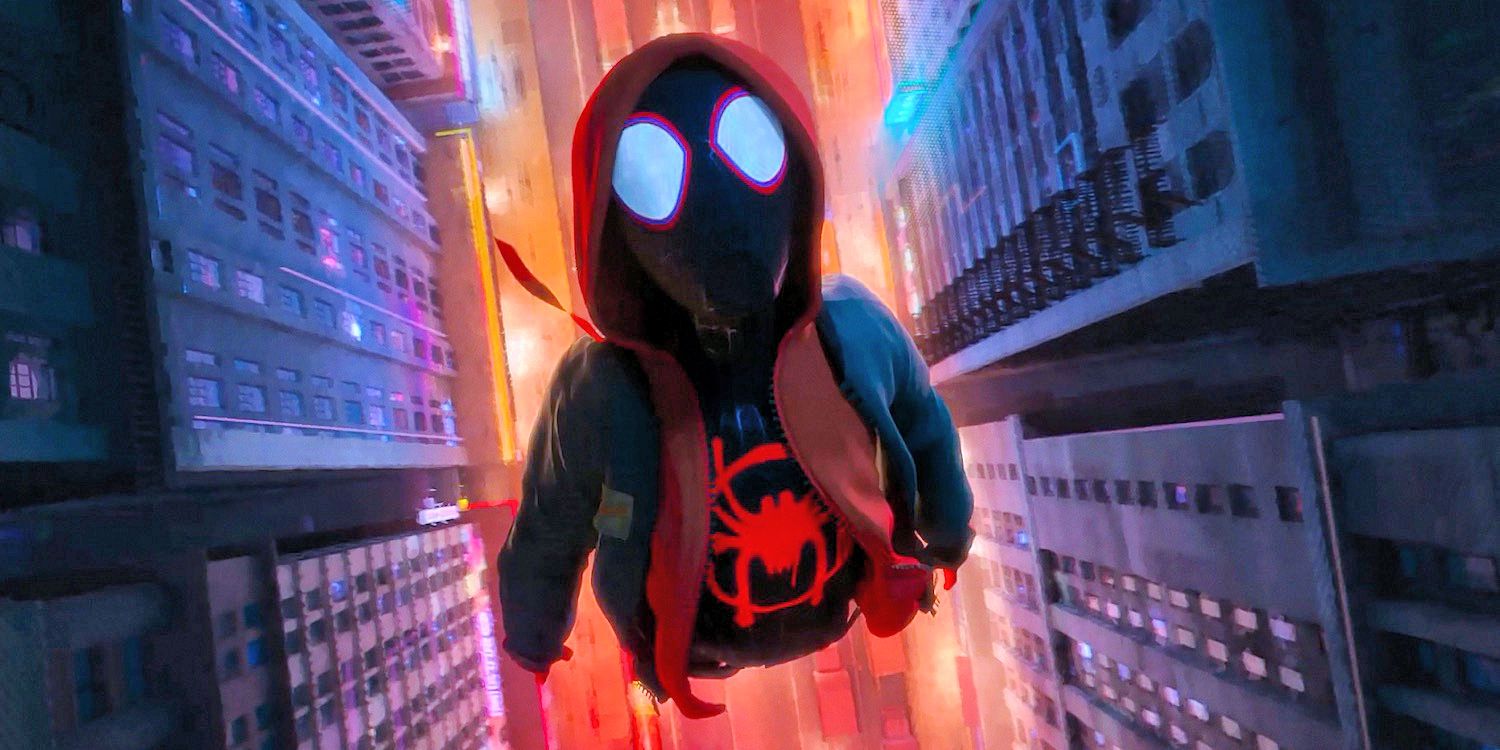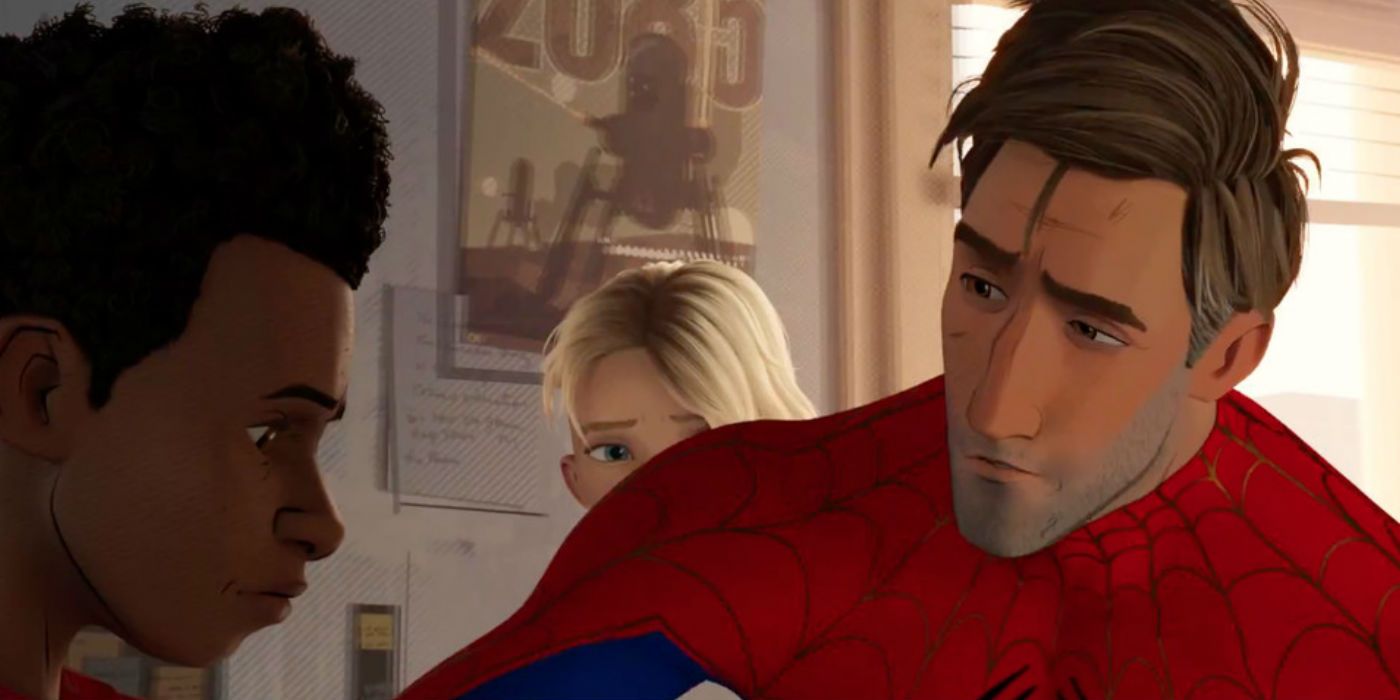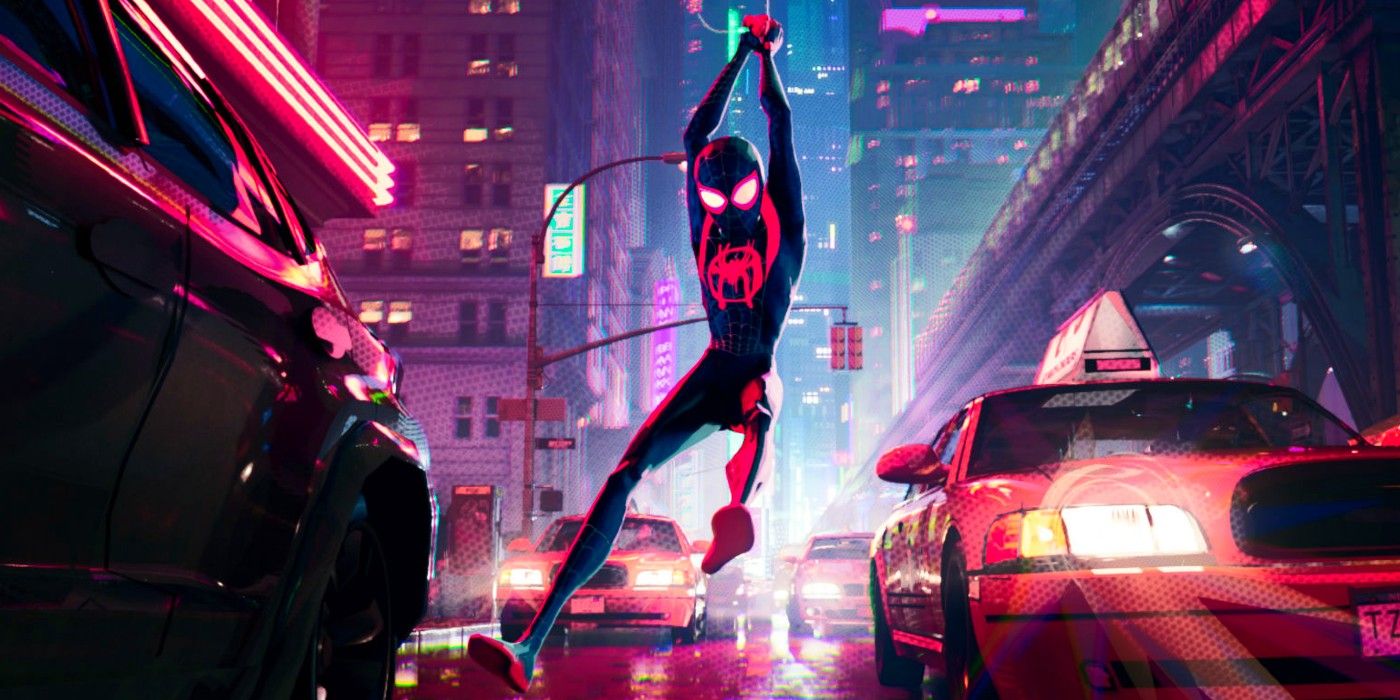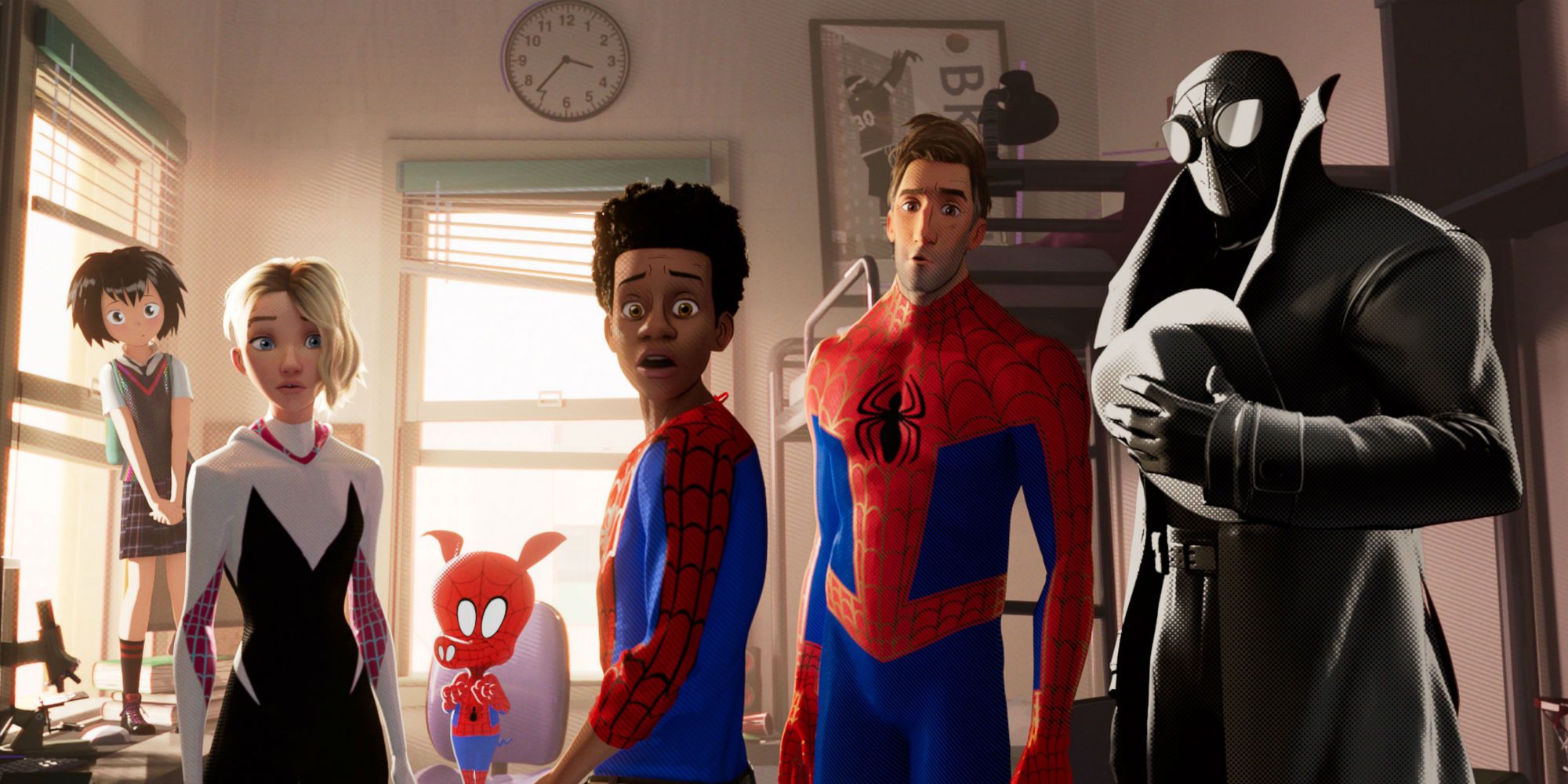Sony's critically acclaimed Spider-Man: Into the Spider-Verse was a masterclass in how to properly adapt the legacy of Spider-Man on-screen, and as such, it deserves its rightful recognition as the best Spider-Man adaptation ever. Before the film hit theaters, audiences had witnessed three different theatrical Spider-Man reboots over less than 20 years; starting with 2002's campy and pulp-infused Spider-Man, directed by Sam Raimi of The Evil Dead fame. After two sequels (one of which considered one of the best superhero films of all-time), Sony rebooted the franchise with the moody and atmospheric The Amazing Spider-Man, with Marc Webb at the head of both the reboot and it's critically panned sequel. After the disappointing box office returns of The Amazing Spider-Man 2, Sony and Marvel Studios reached a deal that allowed for Spider-Man to make his debut in the MCU, first in Captain America: Civil War and then in four more films.
While Peter Parker has had his fair share of exposure on-screen, it was his successor in the Ultimate Universe, Miles Morales (Shameik Moore), who was the main character of the first theatrical animated Spider-Man release. Created back in 2011 by Brian Michael Bendis, in part as a response to the backlash against Donald Glover's campaign to play Spider-Man in The Amazing Spider-Man, Miles took over the mantle of Spider-Man after Ultimate Peter Parker's apparent death at the hands of the Sinister Six. Met with a mixed reaction upon his debut, the character has since gone on to gain an ardent and dedicated fanbase, growing far beyond the moniker of "the black Spider-Man" that his detractors leveled at him.
Even though Miles Morales is the protagonist of the film, Into the Spider-Verse is about him and so much more at the same time. Its deep understanding of the Spider-Man mythos, coupled with its bombastic visual style make it not only the best Spider-Man film, but one of the best animated films ever made.
Into the Spider-Verse Retains Core Spider-Man Themes
First and foremost, Into the Spider-Verse is a celebration of everything about the Spider-Man character. From the opening credits scene, to the playful references to Spider-Man 3's cringe-inducing dancing scene, it's clear that director Peter Ramsey and his staff of animators were already dedicated fans of the character, and took the time to truthfully research and read up on Spider-Man and his greatest stories. All of it is perfectly exemplified in the first 25 minutes of the film, in the glimpses we get to see of Miles' original Spider-Man, played by Chris Pine. His movements, the banter he shares with his villains, and the near-instantaneous decision he makes regarding training Miles all show an understanding of what mainstream 616 Spider-Man represents, which makes it so heartbreaking when he's killed off.
By making the movie an origin story for Peter's successor, the filmmakers teach us the same lessons about heroism and responsibility we learn from Peter, but through a completely unique and new lens. Miles Morales is such an inspiring role model for young children of color, but the lessons he teaches them are equally important as the representation he gives them. Not only does Miles learn the importance of responsibility when he's forced to save New York City, but he also discovers the nuance of morality and the power of choice when he finds out his uncle is The Prowler. Viewers see Miles gain power beyond anything he could have ever imagined, and the fact that we watch him inevitably make the decision to use them for good despite the influences pushing him in the opposite direction is powerful.
Not only do we see these lessons through the eyes of Miles, but Spider-Verse also allows us to see Peter Parker re-learn these same lessons in an exciting and original way. After the original Spider-Man from Miles' universe dies, he's left without a mentor - that is, until he meets Peter B. Parker (Jake Johnson), a cynical and jaded Spider-Man from an alternate dimension. Through his relationship with Miles, Peter B. re-contextualizes his understanding of what a hero (and a good man) is, allowing him to return to his dimension and rekindle his relationship with Mary-Jane Watson. Peter B. once again returns to Spider-Man's dedication to protecting the little guy, a lesson he imparts on Miles, creating a cycle of heroism that stems directly from the morals instilled on the original Peter Parker from his Uncle Ben.
Into the Spider-Verse Captures The Visual Excitement Of Spider-Man
A frequent criticism of the MCU-era Spider-Man films is that they don't capture the visual style of Spider-Man as a character all that well. The Raimi and Webb movies indulged and reveled in showing Spider-Man swing around New York City; Spidey has arguably the most breathtaking traversal techniques of any superhero, and both Raimi and Webb did a fantastic job at putting us in the shoes of Spider-Man as he swung high above New York's landscape. This is something that Into the Spider-Verse does as well; but it doesn't just stop at web-slinging. Every frame of the film drips with pulpy visual flair, replicating the comic books that birthed the character to life.
The movie also doesn't hold back from showing off the idiosyncrasies of the Spider-Man character in mundane ways, such as when Peter and Miles have a full-on conversation while walking up a wall. There's also the gag in Miles' room where all of the Spider-Men crawl back and forth along the wall to avoid being spotted by Ganke, Miles' roommate. The animators even changed deliberate details, such as animating Miles at a lower frame rate than Peter B. Parker to showcase the disparity in experience between the two. While moments like this might seem juvenile or unimportant in the grand scheme of things, they're all equally important in giving the film the same distinct style that Spider-Man comic books have been using for years now.
Into the Spider-Verse Is Meta But Also Its Own Movie
One of the most entertaining aspects of Spider-Verse is its meta-textual nature; so many references and Easter Eggs enrich the movie's viewing experience once you understand where they're from. Things like the wall of alternate costumes in Peter's lair or the Green Goblin's design being from the Ultimate Universe are totally appealing to long-term fans of Spider-Man and help to give the movie a lived-in feeling. However, these references don't take away any part of the viewing experience for people who don't read comics or don't understand these references. The average moviegoer will still be able to appreciate Spider-Verse even at surface-level, simply because the technical filmmaking on display is so refined.
The movie's meta quality doesn't just stop at references though, it's literally baked into the film's DNA in a clever way. When Miles is first bitten by the spider that inevitably turns him into Spider-Man, he immediately gains what the audience understands to be Spider-Sense. However, this movie doesn't render it in the same pre-cognitive way that other Spider-Man films do; Miles' Spider-Sense is literally the 4th wall of a comic book. He gains an interior monologue and a near hyper-awareness of his place in a superhero story. This takes the visual form of the pages and panels of a comic book, a visual motif that the movie returns to frequently to let the audience know that something big is happening. It's this kind of filmmaking ingenuity, coupled with incredible voice acting and a genuine love of its central characters, that make Spider-Man: Into the Spider-Verse the perfect adaptation of the character.




